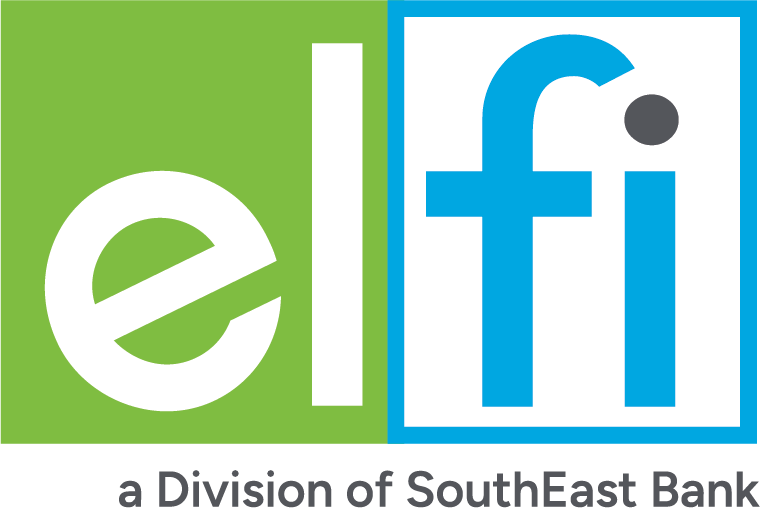You’re our first priority.
Every time.
We believe everyone should be able to make financial decisions with confidence. While we don’t cover every company or financial product on the market, we work hard to share a wide range of offers and objective editorial perspectives.
So how do we make money? Our partners compensate us for advertisements that appear on our site. This compensation helps us provide tools and services - like free credit score access and monitoring. With the exception of mortgage, home equity and other home-lending products or services, partner compensation is one of several factors that may affect which products we highlight and where they appear on our site. Other factors include your credit profile, product availability and proprietary website methodologies.
However, these factors do not influence our editors’ opinions or ratings, which are based on independent research and analysis. Our partners cannot pay us to guarantee favorable reviews. Here is a list of our partners.
Student loans
Student loans tools and guides
Income-driven repayment news and other higher ed updates
Student loans from our partners

on College Ave website
College Ave
Best for payment flexibility
5.0
NerdWallet rating
5.0
NerdWallet ratingMid-600s
on College Ave website

from Sallie Mae
Sallie Mae
4.5
NerdWallet rating
4.5
NerdWallet ratingMid-600's
from Sallie Mae

on SoFi® website
SoFi®
5.0
NerdWallet rating
5.0
NerdWallet ratingMid-600s
on SoFi® website
on Credible’s website
Ascent
Best for customer support and wide availability
5.0
NerdWallet rating5.0
NerdWallet ratingLow-Mid 600s
on Credible’s website

on MPOWER website
MPOWER
4.0
NerdWallet rating
4.0
NerdWallet rating12.99% - 15.99%
None
on MPOWER website
on Credible’s website
Ascent
Best for customer support and wide availability
5.0
NerdWallet rating5.0
NerdWallet ratingLow-Mid 600s
on Credible’s website
on Funding U website
Funding U
4.5
NerdWallet rating4.5
NerdWallet ratingNone
on Funding U website

on MPOWER website
MPOWER
4.0
NerdWallet rating
4.0
NerdWallet rating12.99% - 15.99%
None
on MPOWER website

on SoFi® website
SoFi®
4.0
NerdWallet rating
4.0
NerdWallet rating650
on SoFi® website
on Earnest website
Earnest
4.5
NerdWallet rating4.5
NerdWallet rating665
on Earnest website

on Credible’s website
ELFI
Best for faster repayment options
4.5
NerdWallet rating
4.5
NerdWallet rating680
on Credible’s website

on College Ave website
College Ave
Best for payment flexibility
5.0
NerdWallet rating
5.0
NerdWallet ratingMid-600s
on College Ave website

from Sallie Mae
Sallie Mae
4.5
NerdWallet rating
4.5
NerdWallet ratingMid-600's
from Sallie Mae

on SoFi® website
SoFi®
5.0
NerdWallet rating
5.0
NerdWallet ratingMid-600s
on SoFi® website

on College Ave website
College Ave
5.0
NerdWallet rating
5.0
NerdWallet ratingMid-600s
on College Ave website

on Sallie Mae website
Sallie Mae
4.5
NerdWallet rating
4.5
NerdWallet ratingMid-600's
on Sallie Mae website
on Credible’s website
Ascent
Best for customer support and wide availability
5.0
NerdWallet rating5.0
NerdWallet ratingLow-Mid 600s
on Credible’s website
on Earnest website
Earnest
4.5
NerdWallet rating4.5
NerdWallet rating650
on Earnest website
Student loans 101
Student loan reviews
- Abe Review: Private Student Loans
- Edly Issued by FinWise Bank Review: Private Income-based Repayment Student Loans
- INvestED Student Loan Reviews: Student Loan Refinancing and Private Student Loans
- ISL Education Lending Reviews: Student Loan Refinancing and Private Student Loans
- Does Capital One Offer Student Loans?
- Custom Choice Powered by Monogram Review: Private Student Loans
- Funding U Review: Private Student Loans
- NaviRefi Review: Navient Student Loan Refinancing
- Figure Lending Suspends Student Loan Refinance Program
- Brazos Review: Refinancing Student Loans and Private Student Loans
Explore student loan providers
The student debt crisis
Learn the history behind the rising cost of college and how 43 million Americans landed with student loan debt.